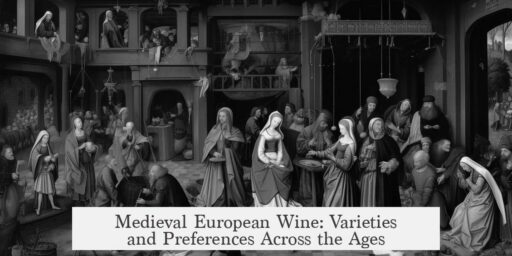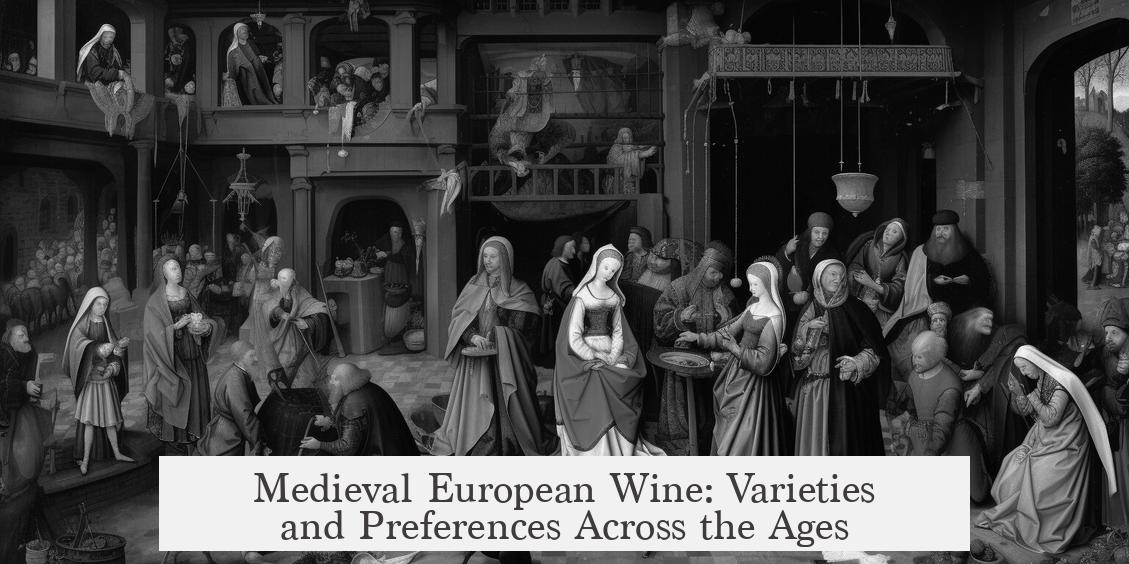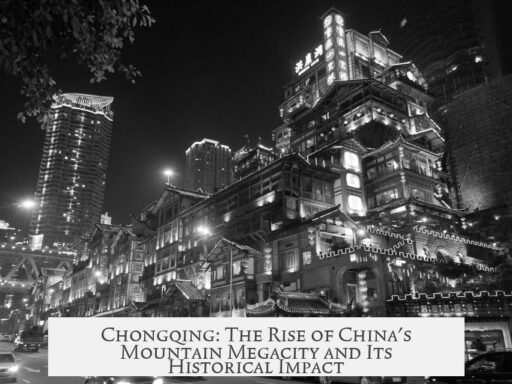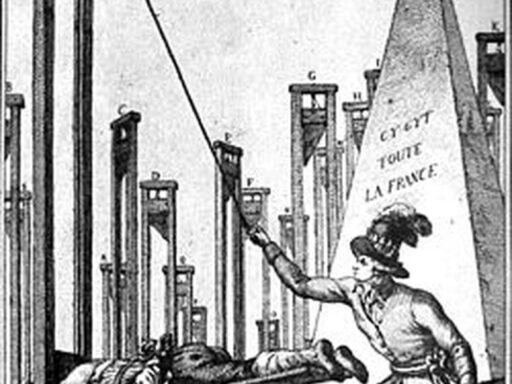People in Medieval Europe drank a wide range of wines varying by region, social class, and availability. Wines ranged from full-bodied Mediterranean varieties to lighter northern European styles. The wealthy had access to imported sweet dessert wines and flavorful spiced concoctions, while the poor often consumed thin, diluted wines.
Climate played a crucial role in shaping the type of wine produced across Europe.
- Wines from Mediterranean regions, such as southern France, Spain, and Italy, were richer and fuller-bodied due to warmer climates allowing grapes to fully ripen.
- Northern European wines, from areas like Burgundy, Champagne, and Germany, tended to be lighter because cooler climates limited grape maturation.
Regional preferences influenced consumption habits. For example, the English often favored a pale red wine known as “claret” from Bordeaux. People in the Low Countries (modern Belgium, Netherlands) preferred heavier, richer wines. This shows that taste was highly localized.
White wine was important, especially from Burgundy northwards. Regions such as Champagne, Chablis, and German vineyards produced highly regarded white wines. These wines were esteemed by many and consumed widely in northern Europe.
Sweet dessert wines held a special place among wealthier consumers in northern Europe. These wines came from Mediterranean areas where dried grapes were used, producing concentrated sweetness. Such imports signified wealth and status.
On the opposite end, the poor frequently drank “piquette.” This beverage was created by rehydrating pressed grape skins and fermenting that liquid. It was thin, sharp, and of inferior quality but affordable and mildly alcoholic.
Drunkenness survived as a social taboo, so most people diluted their wines with water. This practice helped moderate alcohol intake and was common across classes. Adding water also extended the wine supply, making limited resources go further.
Flavored wines were widespread, used both to improve poor-quality wine and for medicinal purposes. Common additives included honey for sweetness, and spices like cinnamon, ginger, long pepper, and cloves. These ingredients helped mask sour or thin tastes and enhanced enjoyment.
One famous medieval spiced wine recipe is Hippocras. It blended red wine with ginger, cinnamon, sugar, and herbs. Rich Parisians in the 14th century enjoyed Hippocras during banquets, showing it was a sought-after luxury regardless of wine quality.
Medieval wine consumption also reflected social hierarchy. Wealthy individuals could afford a variety of wines, including imported and specialized types. Their choices demonstrated access and social status. Everyday people consumed whatever was locally available and affordable, sometimes resorting to homemade watered or flavored wine blends.
| Aspect | Medieval Wine Characteristics |
|---|---|
| Climate Influence | Mediterranean: full-bodied, richerNorthern Europe: lighter, less ripe grapes |
| Regional Preferences | English: light pink claretLow countries: heavier winesNorthern Europe: esteemed white wines |
| Types of Wine | Rich dessert wines (from dried grapes)Thin “piquette” for poorWhite wines favored in north |
| Consumption Practices | Watering down commonSweetening with honeySpiced wines popular (e.g. Hippocras) |
| Social Distinctions | Wealthy: diverse, imported, spiced winesPoor: diluted, low-quality wine |
In summary, Medieval Europeans drank diverse types of wine shaped by geography, social standing, and cultural practices. Climate dictated grape ripening and wine character. Many diluted wine to moderate intoxication. Flavoring with spices and honey was widespread to improve taste and for health beliefs. The available evidence highlights a complex wine culture well-entrenched in daily and ceremonial life.
- Wines from southern Europe were full-bodied; northern wines were lighter.
- White wine was popular in northern regions like Burgundy and Champagne.
- The poor drank thin, diluted “piquette,” while the rich enjoyed imported dessert wines.
- Wine was often watered down to prevent drunkenness.
- Spices and honey were added to improve poor wine or for medicinal purposes.
- Flavored wines like Hippocras were consumed by the wealthy during special occasions.
What types of wine were common in northern versus Mediterranean medieval Europe?
Wines in the Mediterranean were generally richer and fuller due to a warmer climate. In contrast, northern European wines were lighter and less ripe because the cooler climate limited grape ripening.
Did medieval people add anything to their wine?
Yes, spices, honey, and herbs were often added to improve taste or for medicinal uses. Even wealthy people enjoyed spiced wines like Hippocras, made with ingredients such as ginger, cinnamon, and sugar.
What was “piquette” and who drank it?
Piquette was a thin, sharp wine made by rehydrating pressed grape skins. It was consumed by the poorest people because it was inexpensive and low quality compared to regular wine.
Were white wines valued during Medieval times?
Yes, especially in northern Europe. Regions like Burgundy, Champagne, and parts of Germany produced white wines that were highly esteemed and favored across medieval society.
Did people drink wine as-is or dilute it?
Many people watered down their wine to reduce its strength. Drunkenness was seen as bad manners, so diluting wine was common to keep drinking moderate.
Were regional tastes for wine different in medieval Europe?
Definitely. For instance, the English preferred a light pink wine called claret from Bordeaux, while people in the Low Countries liked richer, heavier wines. These preferences reflected local culture and availability.




